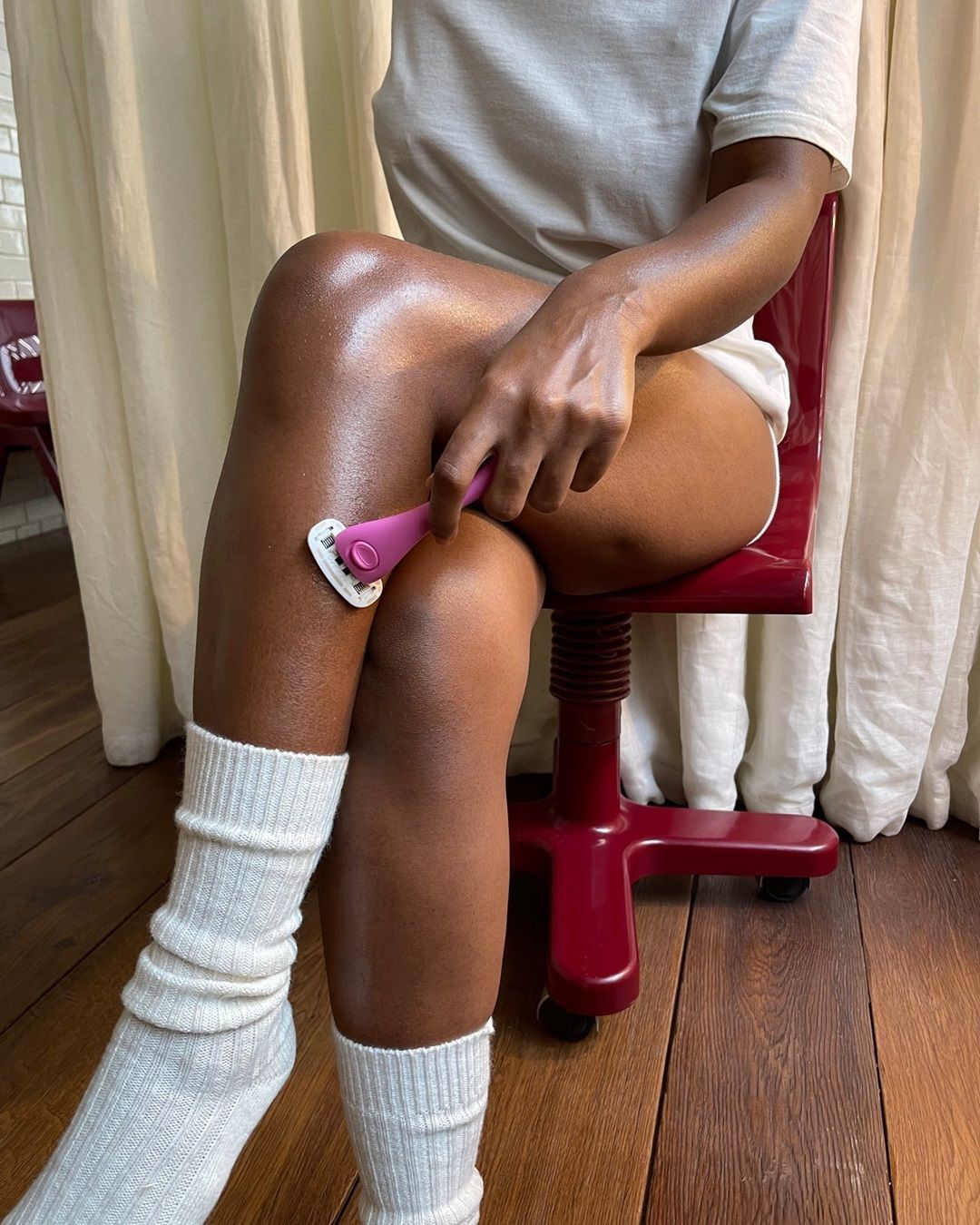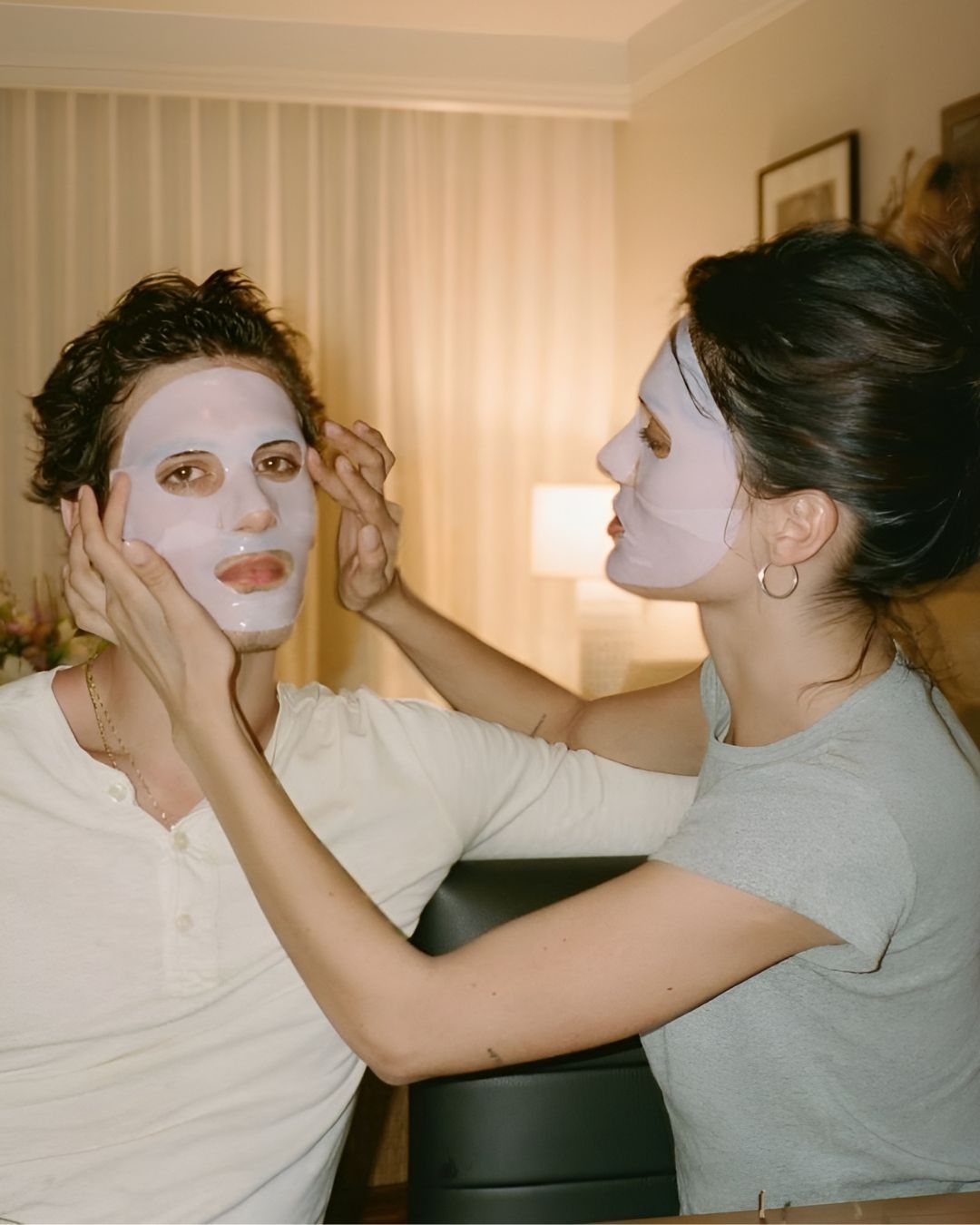
It's ingrown hairs season How to prevent and eliminate them for smooth skin all summer long
Hair removal: yes or no? With the arrival of the beautiful season, this question becomes more pressing, forcing us to take a stance. Anyone who has ever wielded waxes and razors knows that the price for flaunting smooth skin like a dolphin can be a series of small red bumps. Ingrown hairs are an annoying and bothersome issue we could all do without. They are uncomfortable, unsightly, often itch and irritate the skin, making us feel uneasy. Yet there are some simple precautions to avoid them or, if they have already appeared, help us get rid of them. Here is a mini-guide on how to get rid of them.
What are ingrown hairs and what causes them?
Ingrown hairs are bumps that form when a normal hair, instead of emerging from the skin's surface, grows back into itself and gets trapped under the skin, causing swelling, redness, or inflammation, sometimes with pus. They appear as swollen and irritated nodules, known as pseudofolliculitis barbae, and are more likely to occur if you have thick and curly hair. They can appear anywhere, but are more common in areas where frequent hair removal is performed, such as legs, groin, inner thighs, or neck (in the case of beard shaving). Sometimes they are a symptom of folliculitis, which is an inflammation of the hair follicles caused by bacteria, but in most cases, their cause can be traced to waxes, electric epilators, razors, and tweezers which, by removing the hair from the root, weaken it so much that it can't break through the surface. Other causes? An accumulation of skin cells that clog the follicle opening, trapping the hair, and poor attention to the pre- and post-hair removal skin preparation and treatment.
How to prevent ingrown hairs
How to limit the formation of annoying ingrown hairs? Some suggest a hot bath or shower before hair removal. These, by softening the skin, reduce the risk of irritation. There are also those who, for the same reason, strive to keep the skin hydrated. Some even suggest considering laser hair removal, which, besides being a more permanent solution, does not traumatize the hair follicle. Here are some other preventive tips:
- Exfoliate regularly: dead skin cells can contribute to the growth of ingrown hairs. Regular exfoliation (once a week) reduces the likelihood of formation, and prevents trapping oil, dirt, and debris, which can clog follicles and cause infections. Chemical exfoliants like lactic acid, glycolic acid, or salicylic acid are very effective in both preventing and treating ingrown hairs because they minimize inflammation and lighten pigmentation marks. If used within 24 hours before hair removal, they help achieve better results and smooth skin.
- Try dry brushing: for those who love scrubs, such as sugar scrubs, it's better to opt for extra fine granules because aggressive exfoliation can cause micro-tears in the skin. The benefit is better cell turnover, meaning fewer clogged pores and normally growing hairs. A good alternative is dry brushing, which involves gently rubbing a brush with natural bristles on dry skin in circular motions starting from the bottom. This beauty gesture, in addition to exfoliating and removing dead cells, stimulates blood circulation and the lymphatic system, improves skin oxygenation, and reduces cellulite by helping eliminate fat deposits.
- Keep the razor sharp and clean: the razor should always be sharp and glide like butter on the skin. If it doesn’t, it’s time to change the blade. To reduce friction, always apply a shaving foam or gel. It's also advisable to shave in the shower because the hot water steam softens the hair and helps it stand up. Keeping the skin taut, start shaving carefully with short strokes in the same direction as hair growth, rinsing the razor after each pass. Once finished, apply a moisturizing and soothing cream that protects the skin barrier and reduces irritation.
How to get rid of ingrown hairs
If, despite prevention, we end up with ingrown hairs, the first thing to remember is to resist the temptation to pick at them to avoid infections and scars (in this case, it's better to consult a doctor). Here are other tips:
- Apply a warm compress: it is a simple gesture that, in addition to softening the top layer of skin, facilitating the release of ingrown hairs, can soothe inflammation and itching.
- Use tweezers: it should be avoided, but when the ingrown hairs are fresh and close enough to the skin's surface to be clearly visible, it is possible to use specially designed and sterile tweezers or a clean needle to free the hair. Never do this if the hair is deep and never dig to avoid introducing bacteria and causing infections. After the procedure, disinfect the area, and although it may seem redundant to mention, make sure your hands are clean.
- Avoid tight clothing: friction between the fabric and the skin causes sweat that can worsen the ingrown hair, so it's better to opt for soft cotton or linen garments.
- Temporarily suspend any hair removal practices on the affected area or around it: to avoid aggravating the irritation, it is better to give the ingrown hair time to heal.
























































